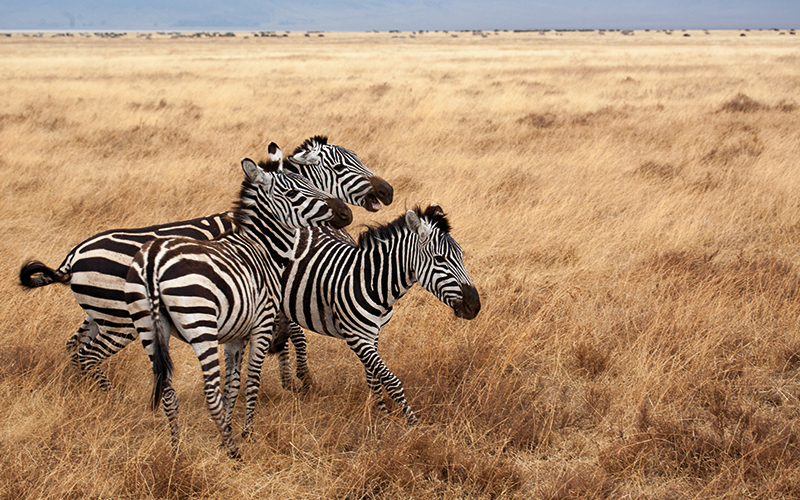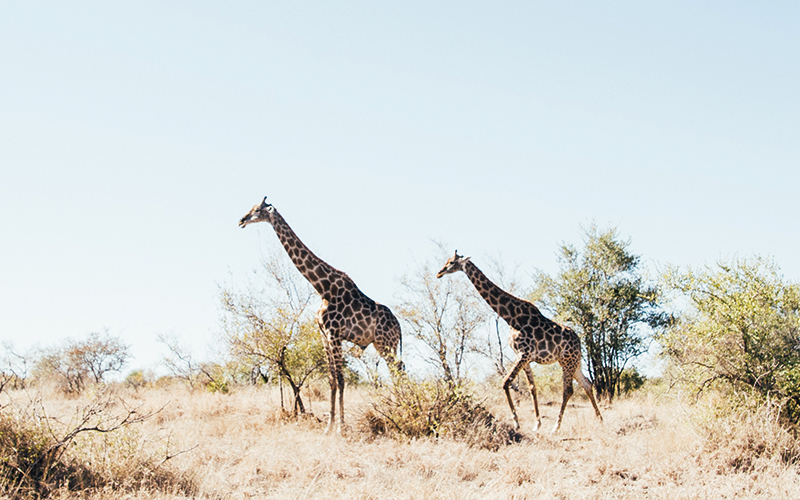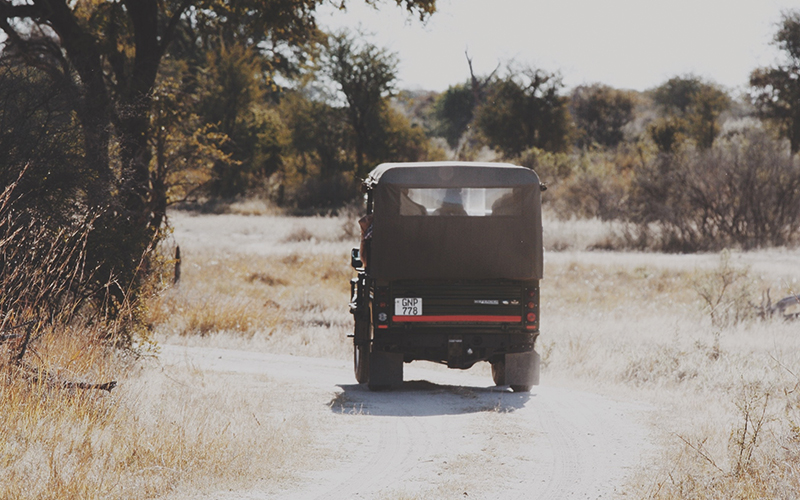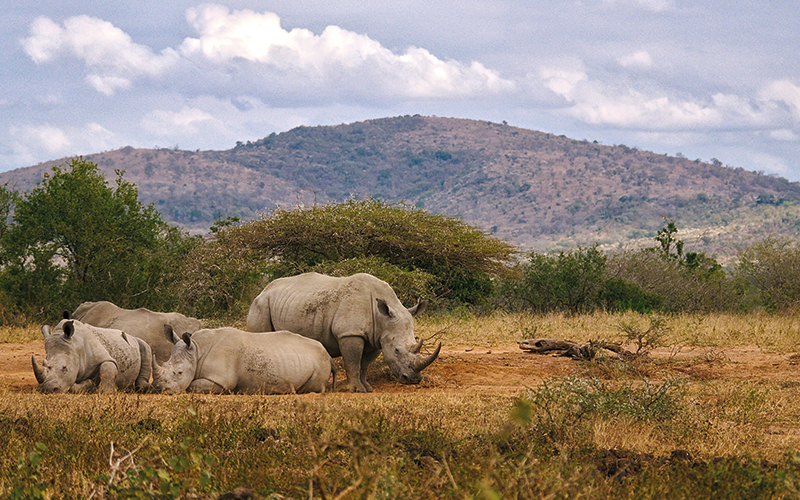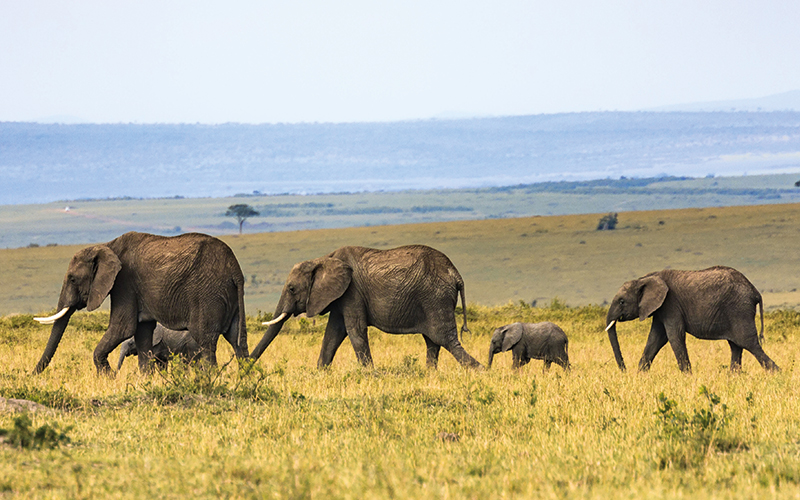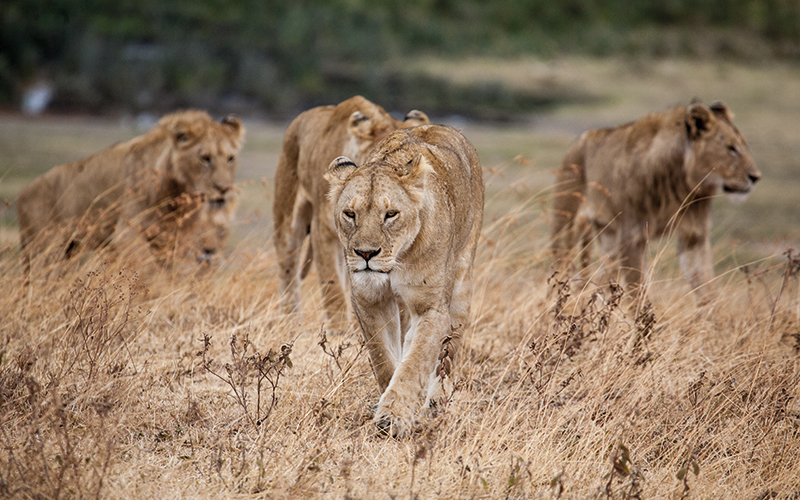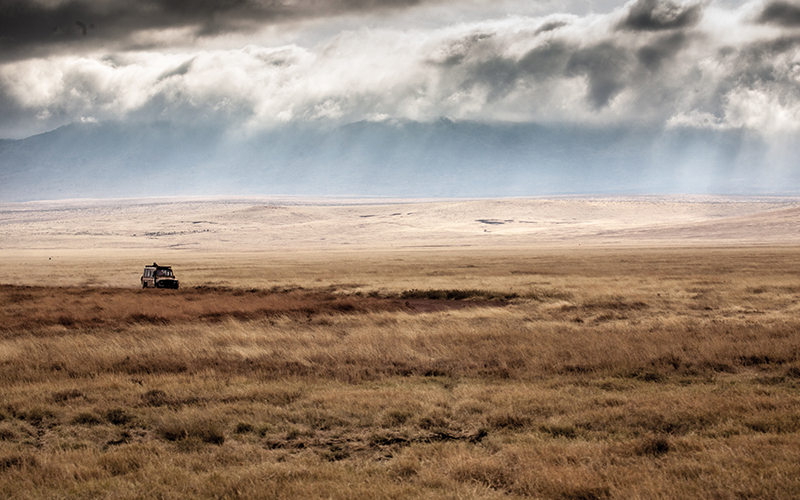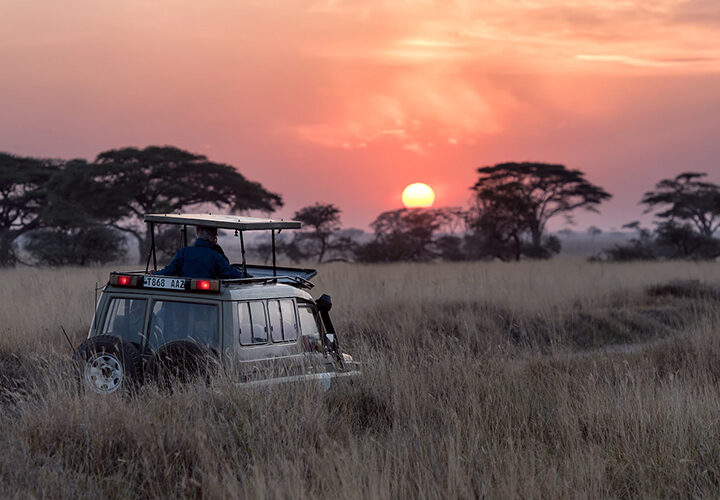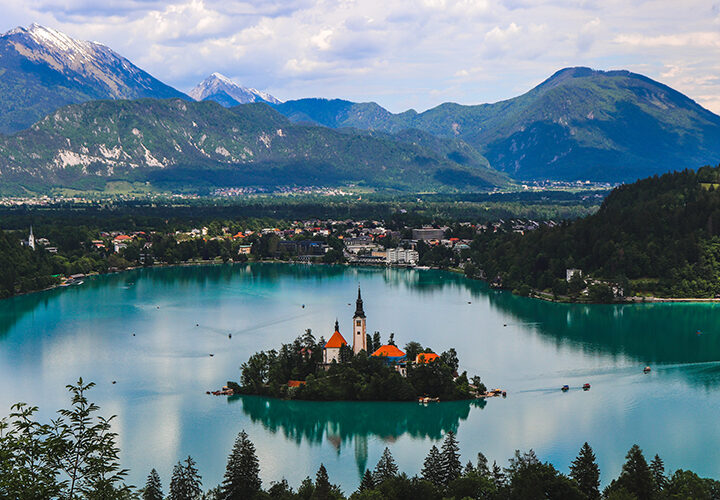Walking Safari in Pilanesberg National Park
Walking safaris are a great way to see wildlife in Africa. It adds an extra dimension to your safari experience especially when you are exploring a Big Five national park such as Pilanesberg in South Africa.
When I got the call from my cousin asking if I would like to join him in Pilanesberg for a 2-day walking safari, I jumped at the opportunity. I have always enjoyed going on safari; most of which have been in a vehicle, which has the advantage of protection from both the elements and wildlife. However, my cousin is a qualified guide and has many years of experience so the decision was not hard at all.
We set off to Pilanesberg with my cousin and his friend who was the second guide. Armed with my bird book, a set of clean clothes, a sleeping bag and some food we headed out. The day started with a quick introduction including some rules to keep everyone safe. Then we were off on foot into Big Five country. The day started out slowly, but the deeper we got into the African bush the more wildlife we saw. It started with some zebra, impala and kudu. If you are into your birding then walking safari are the best way to get close to avian fauna. It is incredible what you see when you are on foot, things you would miss if sitting in a car. We were also not restricted to roads and could move along different trails and get close to the animals.
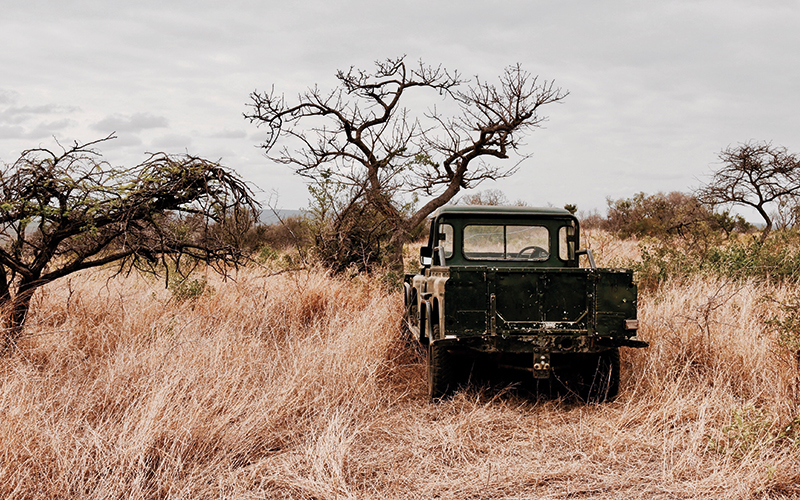
The highlights were two white rhino in the distance.
The highlights were two white rhino in the distance. We kept our distance as these animals are extremely dangerous if provoked or spooked. They have very poor eyesight and rely on keen hearing and smell. We also bumped into Africa’s tallest mammal, the giraffe, later in the day. We walked for several hours that seemed to go past in minutes and before we knew it we were looking for a place to set up camp for the night. We were looking for a camp that would give us some natural protection in the form of thick thorn bushes. We were trying to avoid any uninvited guest in the night, so it was important to give yourself some sort of barrier at least from one side.
The evening started with us making a fire to cook and to protect us during the night. We ate well, listened to some great African stories that my cousin told. After the stories it was time to sort out the night shifts. We were going to take two-hour shifts to keep awake and look after the fire, so it did not go out. Our guides were armed as a last resort and this was necessary because we were sleeping in the territory of King of the Jungle. The night was long and I observed the sounds and thoughts that ran through my mind as I sat by the campfire at 2am in a Big Five environment. I was glad when the morning came and we could see what was in front of us again. The thought that predators hunt mostly at night was something that crossed my mind several times throughout my shift.
The next morning started with coffee and breakfast. We left early as this is a great time to view wildlife. We climbed a small koppie to get a better view over the African savannah. On the way up we were walking in single file. We had one guide in front and the other followed on the back to make sure we stayed close together. The grass was very thick and we could barely see over the top when there was a sudden sound in the bush. At first it sounded like a rock that was loosened and rolled down the hill but then my cousin stopped. He looked back at us and called us closer.
It did not take long before we knew that there was something wrong. My cousin asked us to stay close and we moved up the rocky path. The sound was a young buffalo calf that got spooked and ran down the rocky hill. This meant that the rest of the herd could not be far away and this was not an animal that we wanted to startle. We moved out the area quickly without rushing. I could still feel the adrenaline rush when we got back to camp, but at the same time I never felt unsafe with our two guides at our side.
Overall walking safaris give you a much better view of the small things – such as plants and birds – that make an ecosystem work. Encounters with big game add a bit of adrenaline to a beautiful and educational experience.

